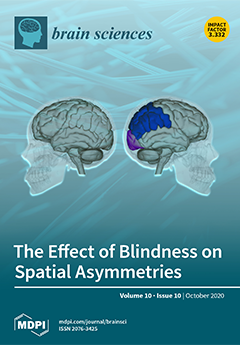Asymptomatic valproic acid (VPA)-induced hyperammonemia in the absence of liver impairment is fairly common. However, the underlying mechanisms through which VPA causes elevation in plasma ammonia (NH
4) remains under investigation. Male Sprague Dawley rats (
n = 72) were randomly allocated to receive VPA 400 mg/kg, 200 mg/kg, or vehicle IP daily for either 8, 14, or 28 consecutive days. The behavioral effects of VPA were assessed. Plasma, liver, and prefrontal cortex (PFC), striatum (Str), and cerebellum (Cere) were collected 1 h post last injection and assayed for NH
4 concentration and glutamine synthetase (GS) enzyme activity. Chronic VPA treatment caused attenuation of measured behavioral reflexes (
p < 0.0001) and increase in plasma NH
4 concentration (
p < 0.0001). The liver and brain also showed significant increase in tissue NH
4 concentrations (
p < 0.0001 each) associated with significant reduction in GS activity (
p < 0.0001 and
p = 0.0003, respectively). Higher tissue NH
4 concentrations correlated with reduced GS activity in the liver (
r = −0.447,
p = 0.0007) but not in the brain (
r = −0.058,
p = 0.4). Within the brain, even though NH
4 concentrations increased in the PFC (
p = 0.001), Str (
p < 0.0001), and Cere (
p = 0.01), GS activity was reduced only in the PFC (
p < 0.001) and not in Str (
p = 0.2) or Cere (
p = 0.1). These results suggest that VPA-induced elevation in plasma NH
4 concentration could be related, at least in part, to the suppression of GS activity in liver and brain tissues. However, even though GS is the primary mechanism in brain NH
4 clearance, the suppression of brain GS does not seem to be the main factor in explaining the elevation in brain NH
4 concentration. Further research is urgently needed to investigate brain NH
4 dynamics under chronic VPA treatment and whether VPA clinical efficacy in treating seizure disorders and bipolar mania is impacted by its effect on GS activity or other NH
4 metabolizing enzymes.
Full article






